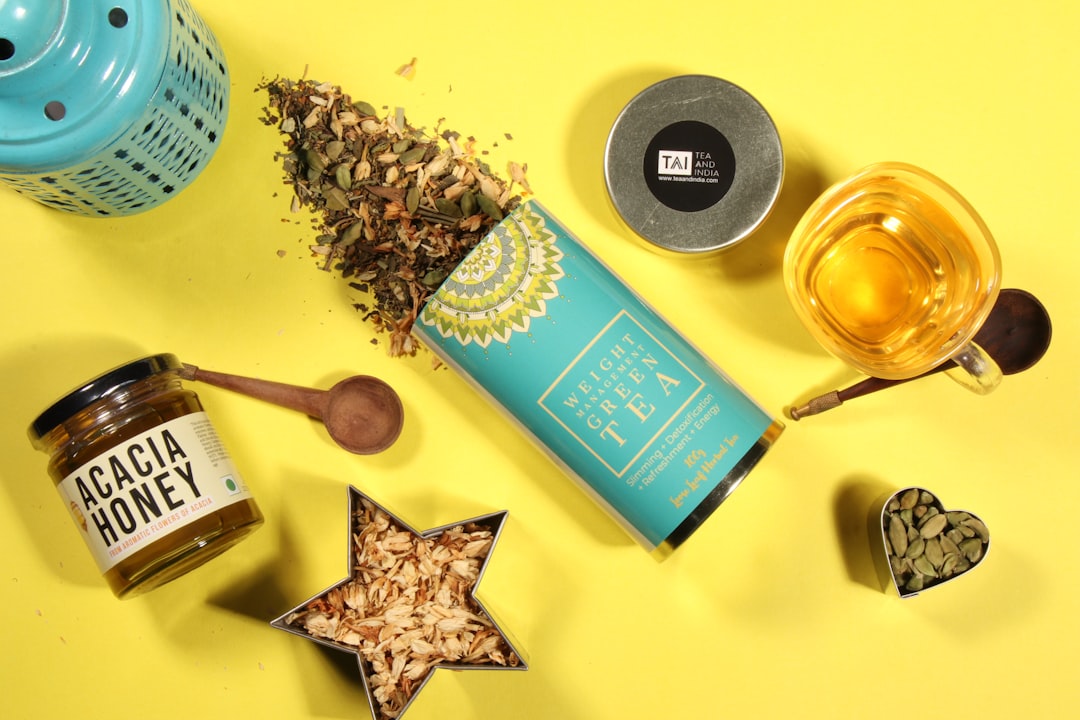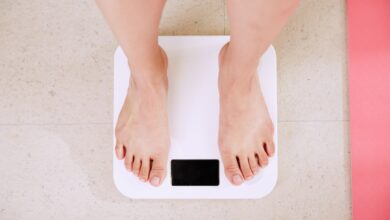7 Drinks That Melt Fat Naturally

Hey everyone! As a certified nutrition coach, one of the most common questions I get is about quick fixes for weight loss. Let me be clear: there’s no magic bullet. But certain drinks, when combined with a healthy diet and exercise, can definitely give your metabolism a little boost and help you on your fat-loss journey. Let’s dive into seven delicious and natural drinks that can help you melt fat!

1. Green Tea: The Metabolism Booster
Green tea is practically a superstar in the weight loss world, and for good reason! It’s packed with antioxidants, especially catechins, with EGCG (epigallocatechin gallate) being the most powerful. EGCG has been shown to increase metabolism and promote fat burning, especially during exercise. Think of it as giving your workouts an extra oomph!
Plus, green tea is low in calories and can help you feel full, making it a great alternative to sugary drinks. Aim for 2-3 cups a day to reap the benefits. You can drink it hot or iced – whatever you prefer!
2. Coffee: More Than Just a Morning Pick-Me-Up
Good news for coffee lovers! That morning cup of joe does more than just wake you up. The caffeine in coffee can help boost your metabolism and increase fat oxidation, meaning your body burns more fat for energy. It can also improve your workout performance by making you feel more alert and energized.
However, it’s important not to overdo it. Stick to 1-2 cups a day and avoid adding excessive sugar or cream, which can negate the benefits. Black coffee is the best option, or you can add a splash of unsweetened almond milk for a little flavor.
3. Water: The Cornerstone of Weight Loss
Okay, water might seem too simple to be a fat-burning drink, but don’t underestimate its power! Staying hydrated is crucial for overall health and plays a significant role in weight management. Water helps you feel full, which can prevent overeating. It also helps your body burn calories more efficiently.
Aim to drink at least eight glasses of water a day. You can even try drinking a glass of water before each meal to help you feel fuller and eat less. Sometimes, we mistake thirst for hunger, so staying hydrated can prevent unnecessary snacking.
4. Apple Cider Vinegar (ACV): A Tart and Tangy Ally
Apple cider vinegar has gained popularity for its potential health benefits, including weight loss. Some studies suggest that ACV can help reduce appetite, improve blood sugar control, and promote fat burning. The acetic acid in ACV is believed to be the key component responsible for these effects.
However, ACV is very acidic, so it’s important to dilute it before drinking it. Mix 1-2 tablespoons of ACV with 8 ounces of water. You can add a little honey or lemon to improve the taste. It’s best to drink it before meals. Be careful – too much ACV can irritate your throat or stomach, so start with a small amount and see how your body reacts.
5. Grapefruit Juice: A Zesty Fat Burner
Grapefruit has long been associated with weight loss, and for good reason. It’s low in calories, high in nutrients, and may help boost your metabolism. Some studies have shown that eating grapefruit or drinking grapefruit juice before meals can lead to weight loss.
However, grapefruit juice can interact with certain medications, so it’s important to talk to your doctor before adding it to your diet. Also, be sure to choose 100% grapefruit juice without added sugar. Freshly squeezed is always the best option!
6. Lemon Water: A Detoxifying and Refreshing Choice
Lemon water is a simple yet effective way to support your weight loss goals. It’s low in calories, helps you stay hydrated, and can boost your metabolism. The citric acid in lemons may also help improve digestion and detoxification.
Simply squeeze the juice of half a lemon into a glass of water. You can drink it hot or cold, and add a few slices of lemon for extra flavor. It’s a great way to start your day or enjoy a refreshing drink throughout the day.
7. Protein Shakes: A Filling and Muscle-Building Option
While not technically a “drink” in the same way as the others, protein shakes can be a valuable tool for weight loss. Protein helps you feel full and satisfied, which can prevent overeating. It also helps preserve muscle mass, which is crucial for maintaining a healthy metabolism. More muscle means you burn more calories, even at rest!
Choose a protein powder that is low in sugar and carbs. You can mix it with water, unsweetened almond milk, or even add some fruits and vegetables for a nutritious and filling meal replacement or snack.
Important Considerations
Remember, these drinks are not magic potions. They can support your weight loss efforts, but they won’t work unless you also follow a healthy diet and exercise regularly. Consistency is key!
Also, be mindful of added sugars. Many commercially available drinks are loaded with sugar, which can sabotage your weight loss goals. Always read the labels and choose options that are low in sugar or, even better, make your own drinks at home so you know exactly what’s in them.
Frequently Asked Questions
Are there any side effects to drinking these beverages?
Most of these drinks are generally safe, but it’s important to listen to your body. Apple cider vinegar can cause stomach irritation if consumed undiluted or in large quantities. Coffee can cause jitters and anxiety in some people. Grapefruit juice can interact with certain medications. If you experience any adverse effects, stop drinking the beverage and consult your doctor.
How much of these drinks should I consume daily?
As mentioned earlier, 2-3 cups of green tea, 1-2 cups of coffee, at least eight glasses of water, 1-2 tablespoons of diluted apple cider vinegar, one serving of grapefruit juice (if not taking medications that interact), and one protein shake are generally considered safe and beneficial. However, it’s always best to consult with a healthcare professional or registered dietitian for personalized recommendations.
Can I drink these beverages while pregnant or breastfeeding?
It’s always best to consult with your doctor before making any significant changes to your diet during pregnancy or breastfeeding. Some of these drinks, like coffee, should be consumed in moderation. Others, like apple cider vinegar, may not be recommended. Your doctor can provide personalized guidance based on your individual needs.
So, there you have it! Seven drinks that can help you melt fat naturally. Remember, these are just tools to support your overall weight loss journey. By combining them with a healthy diet, regular exercise, and a positive mindset, you’ll be well on your way to achieving your goals. Good luck!
Related Posts
| How I Lost 10 Kg In 30 Days Without Starving |
| 6 Morning Drinks That Help Melt Belly Fat |
| 7 Best Ways To Lose Weight Without Dieting |



